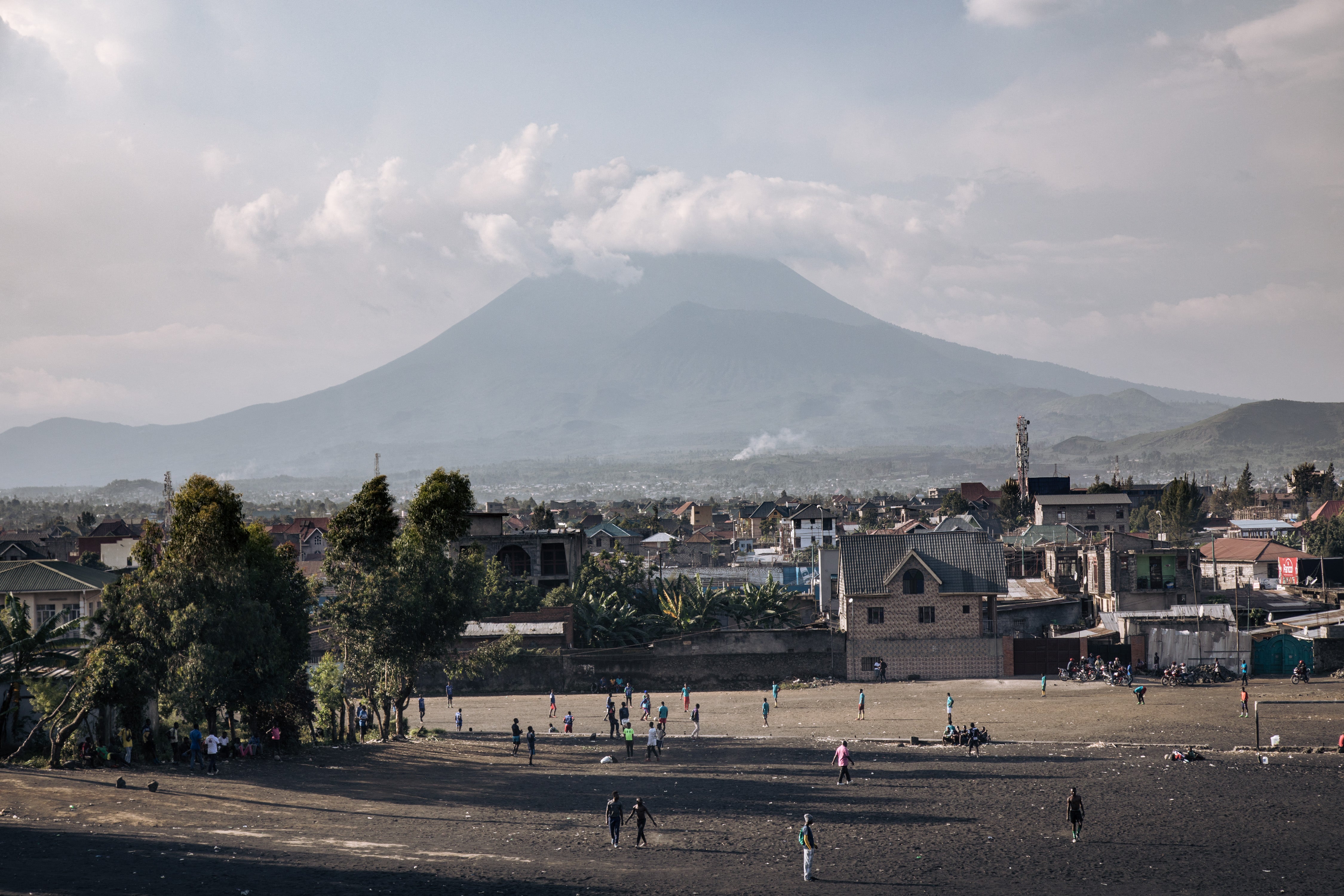Congo to start phased return of residents who fled volcano-hit city
‘We must learn from the 2002 and 2021 eruptions so that our populations are never again so close to danger’

Your support helps us to tell the story
From reproductive rights to climate change to Big Tech, The Independent is on the ground when the story is developing. Whether it's investigating the financials of Elon Musk's pro-Trump PAC or producing our latest documentary, 'The A Word', which shines a light on the American women fighting for reproductive rights, we know how important it is to parse out the facts from the messaging.
At such a critical moment in US history, we need reporters on the ground. Your donation allows us to keep sending journalists to speak to both sides of the story.
The Independent is trusted by Americans across the entire political spectrum. And unlike many other quality news outlets, we choose not to lock Americans out of our reporting and analysis with paywalls. We believe quality journalism should be available to everyone, paid for by those who can afford it.
Your support makes all the difference.Democratic Republic of Congo will start a phased return of residents who fled Goma in the aftermath of a volcanic eruption that destroyed thousands of homes and threatened to overrun the city, the government said on Monday.
Less than a week after the initial eruption on 22 May, which only just stopped short of the city limits, some 400,000 people scrambled to leave when the government warned underground tremors could cause a new eruption, or trigger the release of toxic gases.
The tremors have since subsided, and many people have returned to Goma. About 245,000 remain displaced in nearby towns and villages, according to the latest survey by the International Organisation for Migration (IOM).
The government said it would provide buses and trucks beginning on Tuesday to help people return.
But Prime Minister Jean-Michel Sama Lukonde told journalists that sites on the outskirts of Goma that were destroyed by the eruption could no longer be inhabited.
“We must learn from the 2002 and 2021 eruptions so that our populations are never again so close to danger,” Mr Lukonde said.
Mount Nyiragongo, one of the world’s most active volcanoes, had last erupted in 2002, killing more 200 people and sending lava gushing through Goma. Last month’s eruption killed at least 31.
On Saturday, the government re-opened Goma’s airport, which is eastern Congo’s main hub for delivering aid to the strife-torn region.
People made homeless by the eruption would be temporarily rehoused and given assistance to rebuild, the government said in a statement.
Reuters
Join our commenting forum
Join thought-provoking conversations, follow other Independent readers and see their replies
Comments